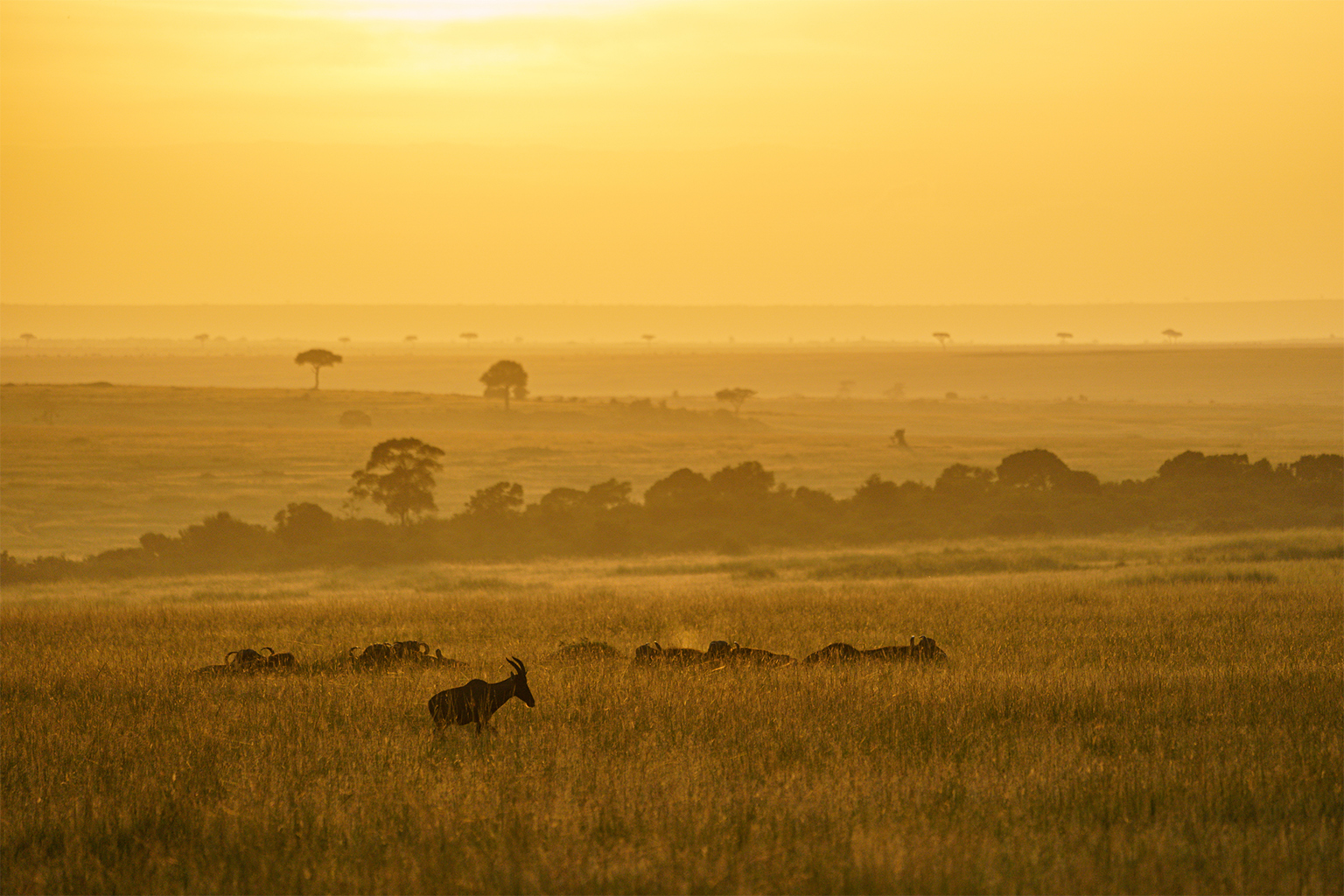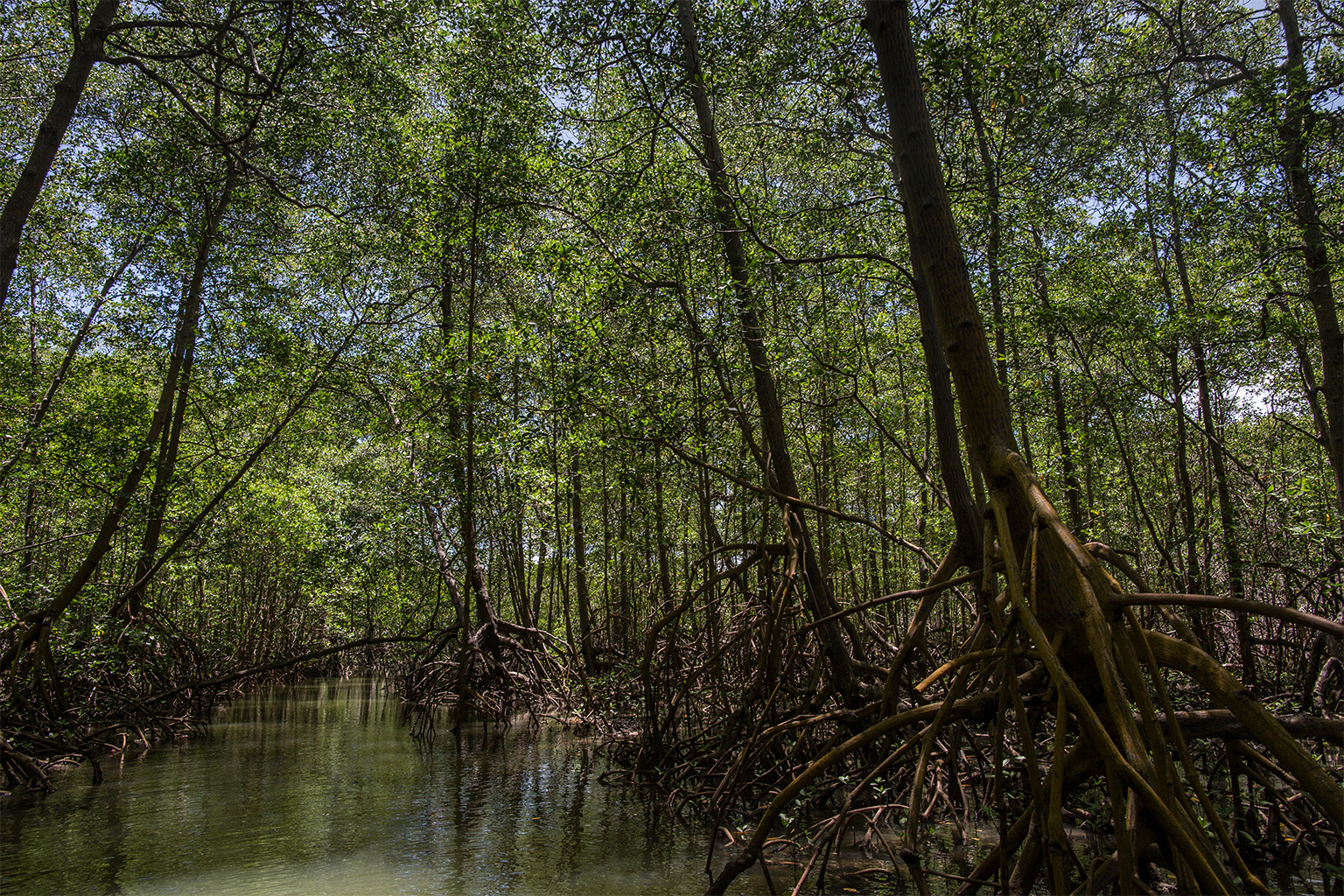- Researchers analyzed never-before-used satellite data to calculate how much carbon is stored in protected areas worldwide.
- The Amazon Rainforest’s protected areas accounted for the highest rate of carbon stock, according to the unprecedented study.
- The results can help policymakers and conservationists assess areas for protection to fight climate change — and not just forests.
By avoiding deforestation, globally protected areas store roughly one year’s worth of global fossil fuel emissions, compared to otherwise unprotected areas. That’s the conclusion of a recently published study that sought to calculate the carbon benefits of preserving forests and other landscapes.
Brazil’s Amazon has the highest rate of carbon stock of protected areas, according to the study, accounting for as much as 36% of the total. “These forests are the most threatened by human pressure, so protected areas are particularly important here,” Laura Duncanson, an assistant professor of geographical sciences at the University of Maryland and lead author of the new paper published June 1 in Nature Communications, told Mongabay in an email.
Scientists from the University of Maryland, Northern Arizona University, the University of Arizona, and Conservation International worked with never-before-used satellite data, gathered by NASA’s Global Ecosystem Dynamics Investigation (GEDI). They found protected areas stock an additional 9.65 billion metric tons of carbon in their aboveground biomass, compared to ecologically similar unprotected areas. Avoided deforestation and degradation are the main reasons behind this additional carbon stock, the authors say. The research was funded by the National Science Foundation and NASA.

For Patrick Roehrdanz, study co-author and manager of spatial planning for area conservation in response to climate change at Conservation International, the findings highlight that protected areas are “doing the job they are supposed to be doing” in terms of carbon, biodiversity and ecosystem structure.
In the context of the Global Biodiversity Framework ambitions to expand protected areas across the globe, “we can expect that additional protected areas will result in additional carbon mitigation coming along with it,” he told Mongabay by video call.
“This study supports continued protection and expansion of protected areas as one approach to climate action,” Duncanson told Mongabay in an email. “Of course, this is still a relatively small piece of the picture — forest conservation alone will never solve the crisis without drastic cuts in fossil fuel emissions.”
For Viola Heinrich, a postdoctoral researcher with the University of Exeter, U.K., and the German Research Centre for Geosciences, who was not involved in the study, the results aren’t surprising but are welcome as they offer new data to inform policymakers. “It actually provides the quantitative evidence for policymakers to potentially expand protected areas where it’s possible, or where it’s feasible.”

Tracking forest carbon from space
Researchers used data gathered by NASA’s GEDI mission, launched in 2018, which uses a system of lasers to build 3D maps of forests, allowing the amount of biomass and carbon to be measured. Roehrdanz describes GEDI as a “gamechanger” as it’s the first time lidar tech has contributed to a global carbon mapping of protected areas of this kind.
Previously, global forest carbon estimates were unreliable or came with uncertainties, the researchers say. With this new data, accuracy has greatly improved.
Analyzing more than 400 million 3D structure samples, the researchers matched each protected area to ecologically similar unprotected areas based on a range of factors, including climate, human pressure, location, and more. Comparing protected areas’ ability to avoid emissions against that of unprotected areas, the researchers found networks of national parks and reserves are 28% more effective at storing carbon.
It’s an approach that’s not without its limitations, however, the researchers say. “We attribute most of the findings to avoided deforestation and degradation, but enhanced growth may also be happening,” Duncanson wrote.

“Ideally, we would have had a time series of satellite laser (lidar) data to directly map annual forest carbon change,” she said. “In the future we hope there will be continuous satellite lidar available so we can monitor carbon into the future and better understand why certain protected areas are so important.”
For Duncanson and her colleagues, their findings emphasize how important forest protection is as a nature-based climate solution due to the climate services it provides. “These results underscore the importance of conservation of high biomass forests for avoiding carbon emissions and preserving future sequestration,” they write.
Their findings also underline that other non-forest ecosystems provide this carbon-storing service, in Heinrich’s view: “The study’s global approach put it in the unique position to demonstrate that it is not always forested protected areas that store the most additional carbon, as is the case in Africa.”
She points to the finding that protected African grasslands, shrublands and savannas store more additional carbon than ecologically similar non-protected landscapes, differing from South America and Asia where forest areas dominate. This underlines the possible benefits of further protection of such landscapes.

Amazon Rainforest: Globally important, highly threatened
Key among the researchers’ findings is the global importance of the “tropical and subtropical moist broadleaf forest biome” in the Brazilian Amazon in storing additional carbon, accounting for 3.54 billion metric tons of carbon compared to unprotected areas. During the study period, Brazil had the highest rate of deforestation of any country, the authors note.
“The Amazon is recognized as a super important global carbon store and it’s also been at risk of deforestation and accelerating deforestation at times in Brazil,” Roehrdanz said. “But the protected areas have managed to avoid deforestation and degradation and have contributed significantly measurable carbon to our global carbon stock.”
“I think that the message is that we have to act quickly to preserve the Amazon,” Luiz Fernando Silva Magnago, professor of agroforestry sciences at Brazil’s Federal University of Southern Bahia, who was not involved in the study, told Mongabay in a video call. “My fear is that in the next generations, the Amazon will be transformed into the Atlantic Forest: very high diversity, with huge ecosystem services, but harbored mostly in small fragments.”
His concern is that protected areas, such as those in the Amazon, may not act to mitigate climate change themselves. “The problem is that they could be acting as a carbon source, not a sink,” he said, pointing to past studies that have shown that parts of the Amazon are now a net source of emissions. “If you create more protected areas or undertake reforestation, you can mitigate climate change.”

Magnago said the study builds well on previous knowledge connecting biodiverse areas to further ecosystem benefits of carbon storage at the global level, but protection could go further. “I think that especially in the Amazon, we have to focus on protecting Indigenous areas,” he said. “They could be complementary to protected areas for biodiversity.”
This is a point on which Heinrich agrees, underlining research that shows Indigenous areas have the strongest protective effect over forest lands. Splitting up protected areas into different units — like Indigenous territories, natural conservation areas, and so forth — would illuminate their value further.
“Such analysis would likely have highlighted specifically the role of Indigenous lands, making the overall message of the paper potentially even more powerful and bring the role of Indigenous groups into the international spotlight,” she said.
The study authors say the findings offer a compelling reason for continuing to preserve natural areas, and similar studies could potentially lead to identifying high-sequestration areas to protect in the future.
“This study highlights that at a global scale, forest conservation is a critical component of the climate change solution,” Duncanson wrote. “We hope it will help support the continued funding and management of these important areas. Expansion of protected areas may also be desirable, but of course, depends on local considerations.”
Citations:
Duncanson, L. (2023). The effectiveness of global protected areas for climate change mitigation. Nature. doi:10.1038/s41467-023-38073-9
Sze, J. S., Childs, D. Z., Carrasco, L. R., & Edwards, D. P. (2022). Indigenous lands in protected areas have high forest integrity across the tropics. Current Biology, 32(22), 4949-4956. doi:10.1016/j.cub.2022.09.040
FEEDBACK: Use this form to send a message to the author of this post. If you want to post a public comment, you can do that at the bottom of the page.
Carbon uptake in tropical forests withers in drier future: Study
